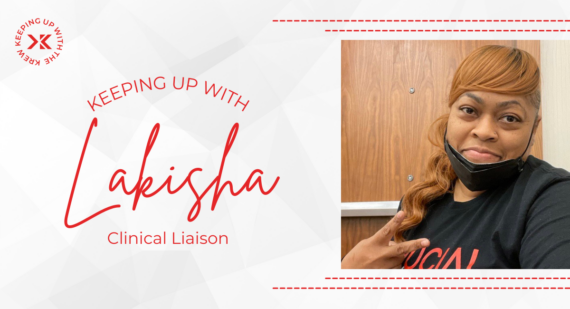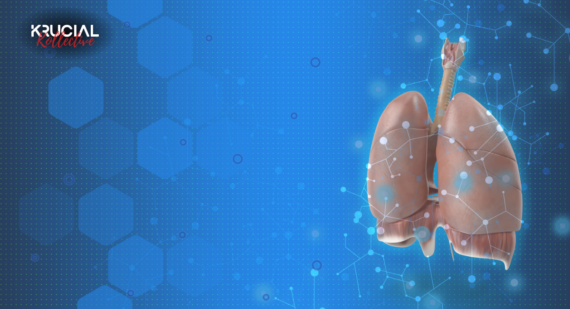
How to Integrate Active Leisure into your Daily Routine
By: Maria Blong
How often do you come home from work and plop down in front of the TV? Watching television after a long, grueling twelve hours at the hospital is an easy way to forget the stress of your day. You just settle into your corner of the couch and dead-eye stare at whatever storyline is playing in front of you. We all enjoy this kind of entertainment due to the low physical and cognitive energy it asks of us. But one wonders – is it the best way to relax?
Watching television, scrolling through social media, or playing video games are all sedentary activities, and what psychologists categorize as passive leisure. (Psych Central) While these outlets do help us decompress, heavily relying on these inactive past times to unwind does little to benefit our mental and physical health in the long term. (PubMed, Best Style Trends) Balancing passive leisure with more stimulating, cognitive activities and body movements, or what is defined as active leisure, is necessary to maintaining our overall well-being. (Psych Central)
Active leisure can take on many forms. It looks like reading a book, working out, cooking, picking up creative hobbies, and going outside. These activities keep our mind and body in motion while simultaneously helping us relax and relieve stress. They also do not need to be high intensity; the intention of leisure is to engage us without wearing us out. No one is asking you to train for a marathon or read Leo Tolstoy (although you could do either if you really wanted to). Active leisure should be incorporated at a level that suits you and your interests. As you will see, adopting any of these active habits into your daily routine will provide you the relaxation plus mental or physical animation that you need.
Active Leisure: Cognitive
Many people often forget that the brain needs exercise. Although the brain is not a muscle (it is an organ), it is important for us to strengthen it as such. Introducing creative, cognitive pass times into our leisurely rituals improves one’s brain processes and keeps it sharp.
Reading is one of the many ways we keep our minds healthy and active. According to Healthline, reading “involves a complex network of circuits and signals in the brain. As your reading ability matures, those networks also get stronger and more sophisticated.” (Healthline)
While these signals and circuits are busy flashing across your brain, piecing together plot points and illustrating characters, it is also helping you relax. Research shows that reading 30 minutes a day “lowered blood pressure, heart rate, and feelings of psychological distress just as effectively as yoga and humor did.” (Healthline) During those 30 minutes of reading, which is also the average length of a TV show, you are receiving a serotonin boost and improving your cognitive functioning. We watch TV after work to escape our day and dive into another narrative – reading is just a more interactive way of meeting that same end.
Believe it or not, cooking also inherits the same benefits as reading due to its ability to activate your creative cognition process. Engaging in the culinary arts unleashes the creative juices in your body, feeding your confidence and joy in the kitchen by allowing you to choose what you eat and how to best prepare your meal.
On top of cooking’s stress-relieving and relaxing properties, it adds a sense of control over your environment that you sometimes need. Especially if you were bombarded with unexpected events in the unit or felt unproductive throughout your day. Michael M. Kocet, Ph.D., a professor at the Chicago School of Professional Psychology, told Eating Well how “Cooking can center people, offering the emotional grounding of a task and a sense of accomplishment.” (Eating Well) The meditative and methodical elements of cooking – like the chopping of the ingredients and selecting which spices to include – are a cathartic approach to giving that power back to you.
These recipes also do not need to be complex to offer relief. Kocet emphasizes how “You could mindfully make a peanut butter and jelly sandwich and get the same benefit.” (Eating Well) The aim of cooking as a relaxation tool is to cook “without any chaos or pressure.” (Eating Well)
Part of the reason why activities like reading and cooking help soothe any anxiousness is due to the flow state you enter while performing it. Flow is what Ashley Stahl summarizes as “the state you get in when you’re completely absorbed in something.” (Forbes) We often enter this zone when we participate in a creative activity. Tapping into our creative side stimulates our cognitive function, and in turn, calms our thoughts by submerging them into a pool of leisure that “reduces anxiety, boosts your mood, and even slows your heart rate.” (Forbes)
Stahl expounds on how producing something or seeing progress on a project causes dopamine, the reward or motivational hormone, to release in your brain. (Forbes) The act of creation literally inspires you to keep returning to it, all while improving your mental health and adding another relaxation outlet simultaneously. Outside of reading and cooking, other types of creative hobbies you can do are writing, drawing, painting, embroidery, knitting, sewing, pottery – the list goes on and on!
Active Leisure: Physical
As important as it is to get activate our imagination through creative hobbies, it is equally as vital to introduce daily body movement. Physical exercise puts the “active” in active leisure. As most people know, working out is beneficial to your overall mental and physical health. In a study done by the American Psychological Association, they found that 62% of people claim exercise is an effective method of managing stress. (American Psychological Association) In comparison, only “29 percent of those who go online to manage stress and 33 percent of those who watch TV or movies to manage stress say these techniques are very or extremely effective.” (American Psychological Association) Exercise alleviates stress by releasing “feel-good neurotransmitters, called endorphins,” a hormone in your brain that causes euphoria and acts as a natural pain reliever. (Mayo Clinic)
In order to attain this, one should aim for at least 30 minutes of exercise a day. (Mayo Clinic) A common misconception about exercise is that it needs to involve a gym, intense movements, and weightlifting, plus an hour or more of your free time. When in reality, it can be as simple as walking, biking, yoga, or bodyweight strength training. (Mayo Clinic)
Exercise can easily be compounded with outdoor leisure. One of the many things the pandemic has taught us is the importance of being in nature and the positive impact it has on our mental and physical health. Fresh air is beneficial to our well-being, even in the middle of winter! Letting vitamin D soak into your skin in either frigid or warm conditions, strengthens your immune system and enhances your mood (there are those endorphins again!). (Intermountain Healthcare)
There are even studies that support how going outside lowers the amount of cortisol, also known as the stress hormone, in your body. (Intermountain Healthcare) REI, an outdoor gear company, suggests that people devote at least two hours a week to outdoor activity. (REI)
The next time you come home from an exhausting day at your facility or hospital, try switching out 30 minutes of television for 30 minutes of reading. Exchange two hours of playing video games with walking at a local park. These simple changes may transform the way you approach relieving stress or tension in everyday life.
Interested in contributing to the Krucial Kollective? Send us an e-mail at marketing@krucialrr.org and let us know what you would like to write!
While these outlets do help us decompress, heavily relying on these inactive past times to unwind does little to benefit our mental and physical health in the long term.



